Can You Eat Cheese Rind?
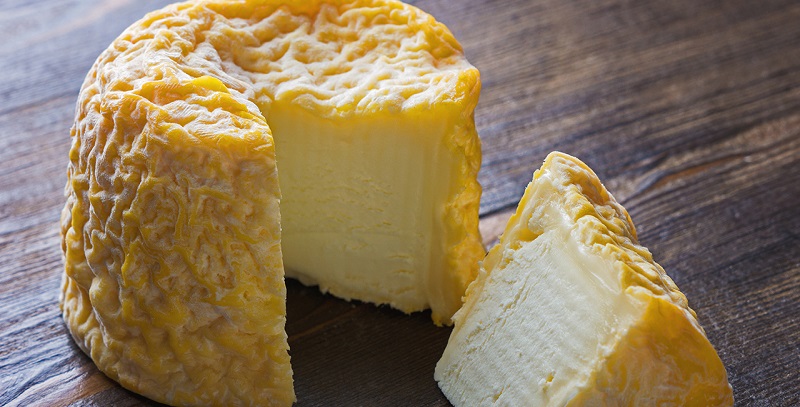
There are many delicious cheeses that have a distinctive rind around the edge. This is sometimes a natural part of their development and sometimes it’s added, such as a washed rind cheese. The question is, can (or should) you eat it?
The answer is that unless the rind has some sort of fabric or solid material in it (e.g. clothbound cheddars, vacherin with spruce bark, wax coated cheeses), you CAN eat it, but the question is whether you WANT to eat it.
Washed rind cheeses
Washed cheeses adds additional flavour to the rind of the cheese. Camembert Calvados for instance, is dipped in Calvados (Apple Brandy) then surrounded by a layer of breadcrumbs. Epoisses has a distinctive orange rind which is from the Marc de Bourgogne it is washed in. Langres is washed continually in brine and Annatto to give it a distinctive orangey rind which helps deliver complex flavours.
These type of cheeses have been washed to give them an enhanced flavour, it’s part of their creation and indeed the producer spends a lot of time making it as appealing and tasty as possible. It’s what makes them unique. In cases such as these we recommend eating these rinds, to enjoy the full flavour of the cheese in the manner that it was intended.
Hard rinds
Some rinds develop because the mould concentrates over a long period, and this makes them a bit tough. Stilton, for instance, develops a hard and brittle outer shell with a texture and taste very different to the cheese inside. This is often the case for hard cheeses, such as Pecorino Toscano, Kaltbach Creamy or Sparkenhoe Red Leicester. In cases such as these we tend to not eat the rind, sometimes it’s so hard you couldn’t if you tried!
Soft Cheeses
Some cheeses have a thick layer of mould that is soft enough to eat such as Vacherin Mont d’Or, which has a white bloomy skin that you break through to reach the oozy, deliciously smooth insides. A mature Sainte-Maure de Touraine Goat’s Cheese has a greyish, bumpy, moldy rind and is rolled in wood ash and it’s added to be enjoyed as part of the cheese, but may look to some a little intimidating. At times like these we recommend having a nibble and deciding for yourself whether you want to eat the skin / rind or not.
5 thoughts on “Can You Eat Cheese Rind?”
You must be logged in to post a comment.



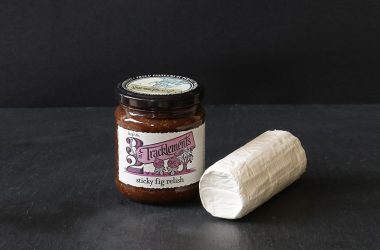



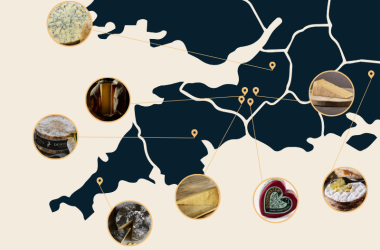
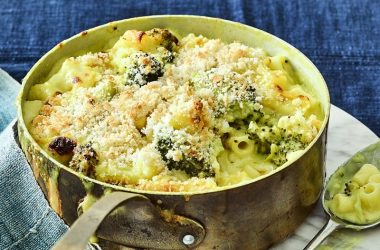

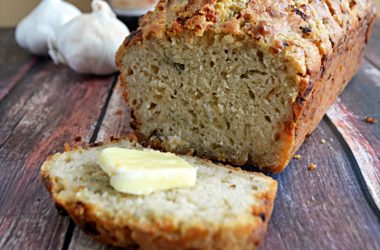
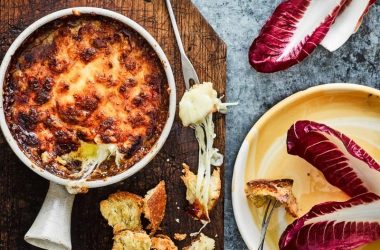
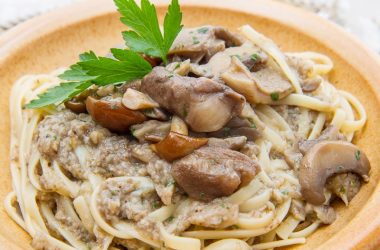
I always eat the edible rind or if it’s too tough,grate it, it all adds to the overall flavour! Be adventurous with all cheese and enjoy it more!
Hard rind can be grated or melted it’s all part of the experience
I’ve enjoyed the red rind of a Baby Bell several times. Gets stuck in teeth but still quite delicious.
To me, the rind of Taleggio in particular, should always be eaten. This cheese I tend to suck rather than bite and is absolute perfection. Once cut, the cheese revealed should be left for a while which really brings out the flavour and smoothness.
I discovered this cheese in the last few years and it seems to be the only one I want to buy and eat now.
I’m just enjoying a piece of Comte with brown rind and it is delicious.
When I was little the local co-op used to cut Cheshire cheese from the round and it often had the soft cotton in the rind and I enjoyed that too.
Nowadays I eat Brie, Camembert and goat’s cheeses with rind and its all delicious.
However not many people are aware that in small artican cheeseries there is an established colony of cheese mites that enjoy wandering over the cheese and munching – and excreting? – on it?
I once ate some blue Stilton and got and awful sore throat so I stay away fro blue cheeses now.